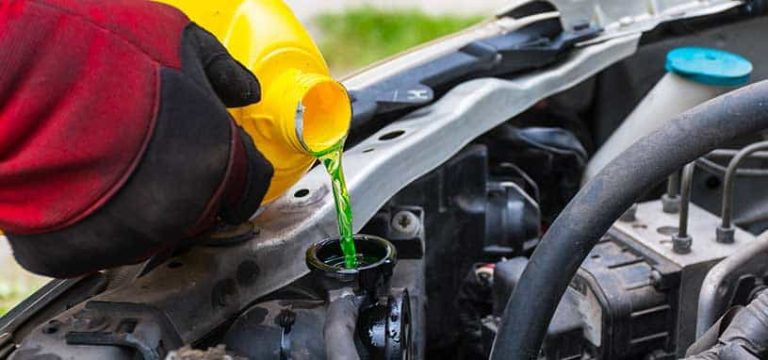

Antifreeze and coolant manufacturers all offer engine coolant versions that they say work for specific brands or countries in general (the country a car is made in is typically a good predictor for which coolant type it takes).One of the first things to check, and also one of the most common reasons why your heater isn’t working is a low coolant level. In addition to the OE options, auto parts stores will carry several different aftermarket brands of coolant. The pre-diluted stuff is more convenient of course, but you end up paying a lot more for less coolant. Years ago, coolant was always sold as pure coolant, and you would have to dilute the fluid yourself with water. One thing to keep in mind with nearly every modern jug of coolant you’ll come across: They’re all pre-diluted. All GM cars use something called Dex-Cool from the factory. Plenty of others like BMW and Volkswagen do the same thing. Many times, the coolant is branded for the car you are going to put it in.įor example, Honda sells its Type 2 Antifreeze/Coolant in all its dealers. They will sell the coolant for your specific make and model, and it is guaranteed to be the correct one. The easiest way to make sure you are getting the right coolant for the job is to go to your car’s dealership. Finally, HOAT is a derivation of OAT that requires the same time change interval unless otherwise specified. General Motors vehicles use this formula and normally require a change after five years or 50,000 miles. It needs to be changed every two years or 24,000 miles, making it far inferior to newer formulas. These additives focused both on overcoming water’s disadvantages discussed above while still retaining the positives that water brings to keeping things cool. Very early in the development of engines, chemists began to modify water with added chemicals to make it a more suitable coolant. Water encourages corrosion (creates metal oxides or rust) with the materials commonly used in engines and radiators.And it can also freeze inside a radiator and easily destroy that costly part.
#COOLANT FOR CAR CRACK#
This behavior can crack any engine cooled in winter with water alone. Worse yet, when it freezes, it expands.Water has a freezing temperature of 32 degrees Fahrenheit which makes it unsuitable for engines used in most high latitude climates worldwide.But there are several problems with using water alone that made it then and even now less than the ultimate engine coolant. There is no question that these three factors made water the coolant of choice in the early 1900’s when engine-driven vehicles came on the scene. It is available virtually everywhere at a remarkably low cost.It has a reasonably high boiling temperature.That is, water can hold more heat per unit volume than almost any other fluid. It has a very high specific heat value.To fully understand the automotive coolants of today, we must first look at the qualities of the pure water once used for this purpose.įor cooling engines, water has some very positive qualities. Simply put, engine coolant is the liquid that functions to cool the engine in your car. The technical term for this blend is coolant.

But the cooling fluid will not be just water but a blend of water and antifreeze.

In the description above, “water” is the term used for the cooling fluid. This prevents your engine from overheating. The hoses convey this fluid.Įvery time you drive, the water picks up heat from the engine and releases that heat into the air flowing through the radiator. How does all this work? When the engine is running the water pump circulates the cooling water through the engine and out to the radiator. Your car will also have an engine with internal water passages, a water pump, a heat exchanger called a radiator, and a bunch of flexible hoses connecting these things together. How does this happen? Well, unless you are driving either an old VW Bug, a Chevrolet Corvair, or a Porsche, your car will have a “water” cooled engine. And that heat must be extracted from the mechanisms inside the engine and efficiently dumped to the outside air. At the same time, that engine produces a considerable amount of waste energy in the form of heat. The gasoline or diesel engine in your car or truck produces the necessary power to push you down the road.


 0 kommentar(er)
0 kommentar(er)
